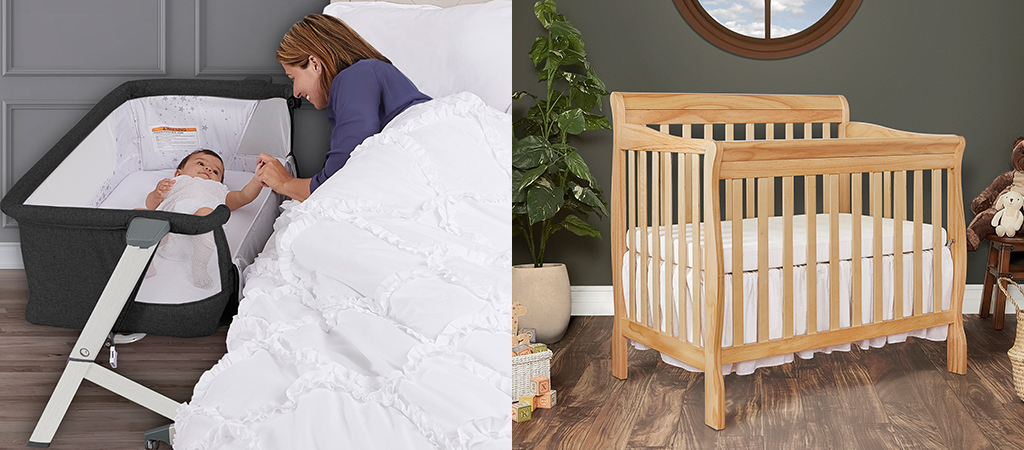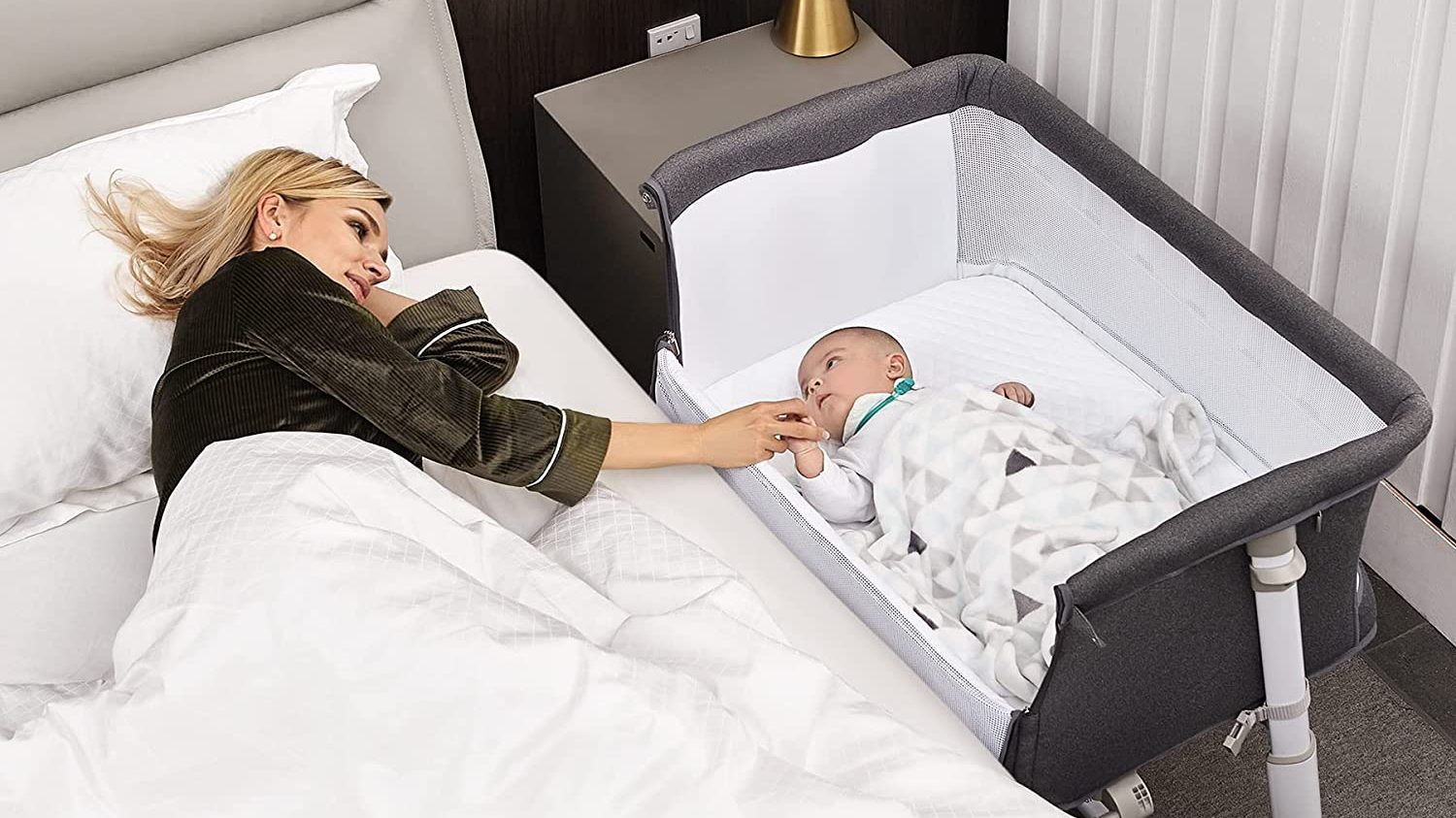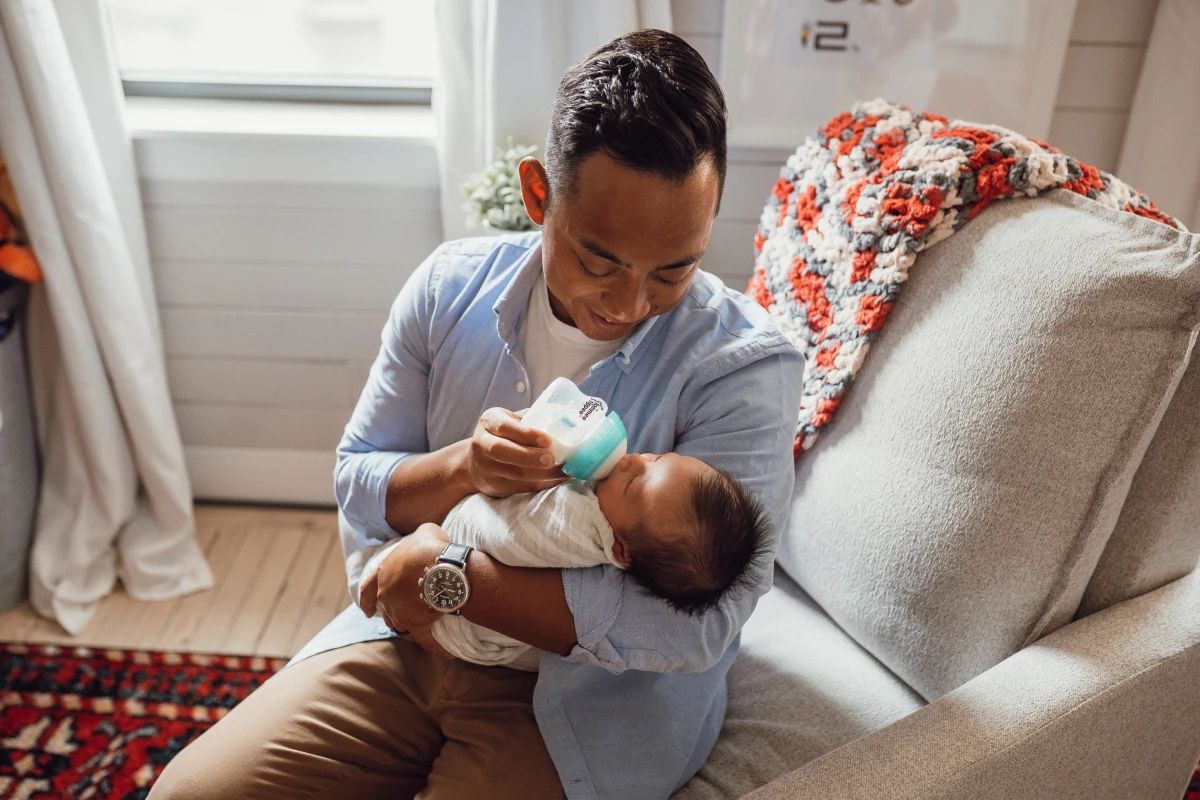A good sleeping habit is essential for your baby’s well-being. Setting up sleeping patterns must be accompanied by a proper bed choice, so bassinets are the perfect solution for newborns.
But when to stop using bassinet? If you wonder about that and other related things, don’t worry. For that matter, continue to read and discover the proper answer, including how you can choose the right bassinet for your newborn. Let’s get started!

When to Stop Using Bassinet?
The short answer to this frequent question is once your baby turns six months. However, some babies transition into a crib at four months. However, don’t rush the transition process if your baby is still feeling peaceful sleeping in a bassinet.
Continue to read and learn more about if bassinets are mandatory. Also, you can learn more about the bassinet and the transition to a crib.
Is a Bassinet Necessary for Your Newborn?
No, bassinets are not mandatory. They are just sleeping accessories that may be more convenient for newborns. In addition, they are small beds with rounded corners. Also, they are made to hold the baby in a lying position.
Moreover, most of the bassinets come with a cover. Since they are small, they are easily portable. Again, their sides are lower than a classic crib, so you don’t have to lean over to put your baby in it.
Besides, bassinets are designed for babies up to 6 months. But, using a bassinet is a matter of personal choice. You must consider your baby’s sleeping habits, budget, and space availability.
Regarding sleeping habits, your baby may be restless and move more while in bed. Therefore, it might need a more spacious bed than a bassinet. Next, the bassinet’s price range can vary. Some can cost around $140, and some even up to $1400.
Lastly, it’s recommended that newborns share the room with their parents. So, your bedroom may not have enough space for a bassinet. However, if it doesn’t fit your space, you shouldn’t feel obligated to purchase one.
What If Your Newborn Is Rolling to the Side in the Bassinet?
Most babies start rolling over at the age of four months; however, many also start to rock from side to side. Also, some may roll over from their tummy to their back. Once your baby reaches six months, it will likely roll in both directions.
So, can your newborn sleep in a bassinet if it’s rolling? No, this is not safe. I say this because your baby is at a higher risk of suffocation when rolling. Moreover, this can happen because your baby can put itself in a position where its face is in contact with the side of the bassinet wall.
Furthermore, newborns need time to develop back and neck muscles. So, if it is in that kind of position, it won’t have the strength to move its head or turn over on its back.
Therefore, to safely continue using the bassinet, you must add a blanket. However, not just any blanket, but an Anti-Rollover blanket. This specific blanket might prevent your newborn from rolling over. Also, it might keep it safe from falling over the bassinet.
Read more: How Long a Baby Can Sleep in a Bassinet?

Difference Between a Bassinet and a Crib
As I said, bassinets are small and portable. They can fit in most bedrooms, making them practical for usage because newborns need regular feeding and changing diapers.
Besides, a bassinet may reduce SIDS because it can be placed in the parent’s bedroom. This refers to the Sudden Infant Death Syndrome, which means accidental suffocation in a sleeping environment.
On the other hand, cribs are larger and heavier. They most likely won’t fit in your bedroom. Also, most of them can’t be moved around easily. However, they come with higher sides to better protect the baby from falling.
Furthermore, a classic crib allows excellent airflow. It is much needed because it provides your baby with cool and relaxing sleeping conditions. Again, this might enhance sleep quality and improve your baby’s mood.
Bassinets are more practical for newborns but don’t last too long. On the contrary, cribs are more stable, but they may be impractical for the parents. By this, I mean that the high sides may bother mothers still recovering and can’t properly lean over.
Transitioning From a Bassinet to a Crib
Now that you know when to stop using bassinet, let me share some advice on the transition. As I mentioned, you shouldn’t rush this process. This is because even if your baby turns six months, it may still sleep well in a bassinet.
So, using both beds is the best way to start the transition process. You should use the crib for napping and the bassinet for sleeping. Moreover, your baby should take three to four naps a day, so you can have plenty of time to exercise using the crib.
Therefore, transitioning makes your baby feel familiar and safe in their crib. Besides, as a parent, you should get used to the idea that your baby is now in their nursery.
Therefore, if you are feeling anxious, I recommend using a baby monitor. What’s more, baby monitors come with various features. The list includes displaying the room temperature, recording your baby’s every move and noise, etc.
Lastly, it usually takes about two weeks to successfully finish the transition from a bassinet to a crib.
Also read: How to Get a Baby to Sleep in a Bassinet
Conclusion
So, when to stop using bassinet? To conclude, you should stop using a bassinet once your baby is six months old. If you notice that your baby is uncomfortable, you can put it in a crib earlier.
Both a bassinet and a crib come with their benefits, but it all comes down to personal choice. Moreover, bassinets are not necessary. They can simplify things like feeding and diaper changing at the beginning.








